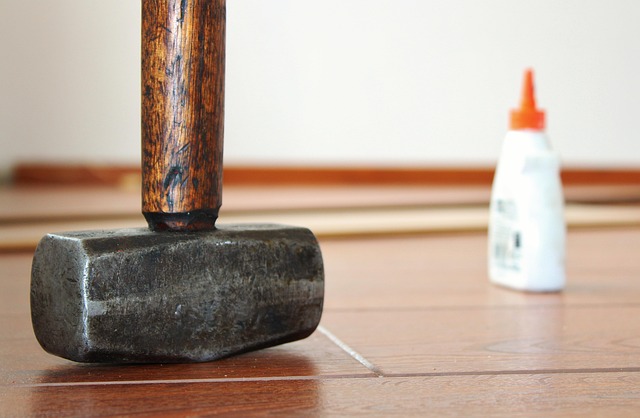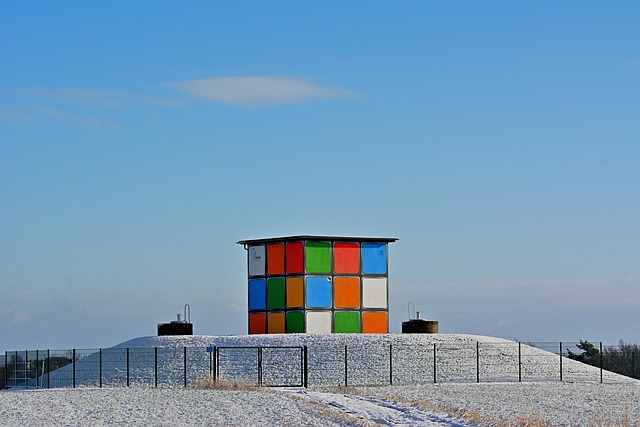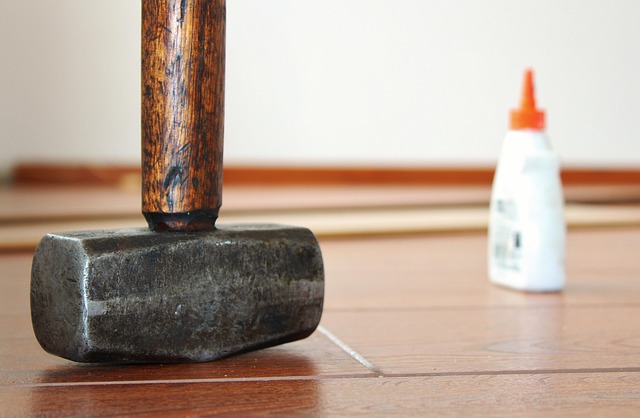Glue Laminated Beams (GLulam) offer exceptional durability due to their multi-layered construction with high-performance adhesives. Key factors include adhesive quality, lumber selection, and optimal design practices. Choosing the right glue for climate, load, and use is crucial. Sound engineering, regular inspections, and maintenance ensure GLulam's longevity, providing a durable, cost-effective structural solution resistant to environmental stresses and decay.
Discover the ultimate guide to ensuring superior beam durability with our comprehensive exploration of glue laminated beams. From understanding the intricate structure to implementing effective engineering practices, this article delves into every facet affecting the longevity of these essential construction components. We dissect critical factors influencing durability, offer insights on selecting robust glues, and provide proven field testing and maintenance strategies. Elevate your beam performance with our expert advice on the durability of glue laminated beams.
- Understanding Glue Laminated Beam Structure
- Factors Affecting Durability of Glue Laminated Beams
- Choosing Optimal Glues for Enhanced Durability
- Engineering Practices for Superior Beam Performance
- Field Testing and Maintenance Strategies
Understanding Glue Laminated Beam Structure

Glue Laminated Beams (GLulam) are an engineered wood product known for their superior durability and strength. This structural component is formed by gluing together multiple layers of dimensional lumber in a specific pattern, creating a single unit that’s stronger and more stable than its individual parts. The glue itself plays a pivotal role in enhancing the durability of Glue Laminated Beams, ensuring they can withstand significant loads and environmental stresses.
Compared to traditional sawn timber beams, GLulam offers several advantages, including consistent quality, reduced warping, and improved dimensional stability. Moreover, their production process allows for precise design control, enabling engineers to create cost-effective durable glulam solutions tailored to specific structural requirements. This makes them a popular choice in construction projects where both strength and economy are essential considerations. Visit us at 18 Clifton St, Unadilla, NY 13849 anytime to explore more about these innovative building materials and how they can contribute to your next project, offering not just durability of glue laminated beams, but also glulam vs engineered wood beams advantages.
Factors Affecting Durability of Glue Laminated Beams

Several factors significantly influence the durability of Glue Laminated Beams (GLBs), ensuring their longevity in various construction applications. One primary consideration is the quality and type of adhesive used, as it forms the critical bond between the wood layers. High-performance adhesives designed for structural glulam applications offer superior strength and resistance to environmental elements, thereby enhancing GLB durability.
The selection of suitable lumber species and grades plays another vital role. Different woods exhibit varying levels of strength, stiffness, and decay resistance. Treated or modified wood species can significantly improve GLB performance, making them more resistant to moisture absorption, fungal attack, and rot, which are common causes of structural damage over time. Moreover, proper design and construction practices, including adequate spacing between glulam elements and effective fastening methods, contribute to maintaining the structural integrity and overall durability of glue laminated structural elements, ensuring they remain a cost-effective durable glulam solution for many years, as demonstrated by their successful track record at 18 Clifton St, Unadilla, NY 13849.
Choosing Optimal Glues for Enhanced Durability

Choosing the right glue is a critical step in ensuring the durability of Glue Laminated Beams (GLulam). The adhesive used plays a significant role in holding the individual lamina together, preventing delamination, and maintaining structural integrity over time. When selecting glues for GLulam construction, consider factors such as climate exposure, expected load-bearing capacity, and environmental conditions where the beams will be used.
Water-resistant and high-strength adhesives are ideal for external applications or structures subject to varying weather conditions. For internal use, a good quality, all-purpose glue can suffice, provided it meets the manufacturer’s recommended standards. It’s also essential to understand the curing process of the chosen adhesive. Some glues require specific temperature ranges or time frames to set properly, which is crucial for achieving optimal durability. If you’re dealing with existing GLulam beams and facing issues like damage or weakness, consult a professional. Give us a call at (607) 369-9341 for expert advice on glulam beam repair and replacement, ensuring your structure remains safe and sound for years to come. Moreover, comparing the durability of GLulam to steel can provide valuable insights, highlighting the unique advantages and considerations for each material choice.
Engineering Practices for Superior Beam Performance

Engineering Practices for Superior Beam Performance
The durability of Glue Laminated Beams (GLulam) is significantly influenced by sound engineering practices throughout their lifecycle. To ensure optimal longevity, careful consideration must be given to design, manufacturing, and installation processes. GLulam beams, known for their strength-to-weight ratio, offer a sustainable alternative to traditional structural elements like plywood. Proper structural calculations, adhering to industry standards, are crucial in determining the appropriate beam sizes and span capabilities.
Regular glulam beam maintenance tips include inspecting for signs of damage or decay, especially in environments with high moisture levels. Understanding how long do GLulam beams last depends on factors such as wood species, quality of glue used, and environmental exposure. Compared to plywood, glue laminated beams exhibit enhanced resistance to rot and insect infestation due to their multiple layers bonded together with structural adhesive. For a comprehensive overview, visit us at unalam.com to explore more insights into glulam beam durability and the benefits they offer in construction projects.
Field Testing and Maintenance Strategies

Field testing is an integral part of ensuring superior beam durability for Glue Laminated Beams (GLulam). To evaluate the strength and integrity of GLulam beams, various non-destructive tests can be conducted on site, providing valuable insights into their performance under real-world conditions. Dynamic load testing, for instance, simulates structural demands by applying forces that mimic wind or seismic activity, allowing engineers to assess the beam’s resilience and potential failure points. Additionally, static load tests offer a more controlled environment to measure the maximum load capacity and identify any signs of weakness.
Regular maintenance is equally vital for long-term glulam beam performance. The right upkeep involves inspecting beams for signs of damage, such as cracks, delaminations, or decay, which can compromise their structural integrity. Proper storage conditions, including protection from excessive moisture and temperature variations, are crucial during both construction and after installation. Best practices in glulam construction emphasize using high-quality materials, following precise design considerations, and adhering to manufacturer guidelines for glue and laminating techniques. For further guidance, visit us at unalam.com anytime. Furthermore, regular re-inspection and maintenance schedules can significantly extend the lifespan of GLulam beams, ensuring their structural durability throughout their service life.
The journey through this guide has unveiled the intricacies of enhancing the durability of glue laminated beams. By understanding the beam’s structure, recognizing influential factors, selecting appropriate glues, implementing engineering best practices, and adopting effective field testing and maintenance strategies, we can significantly extend the lifespan of these essential construction components. Prioritizing these measures ensures the structural integrity and reliability of buildings, making them a game-changer in the industry. Remember, when it comes to beam durability, knowledge is power—empowering us to build stronger and safer structures.














